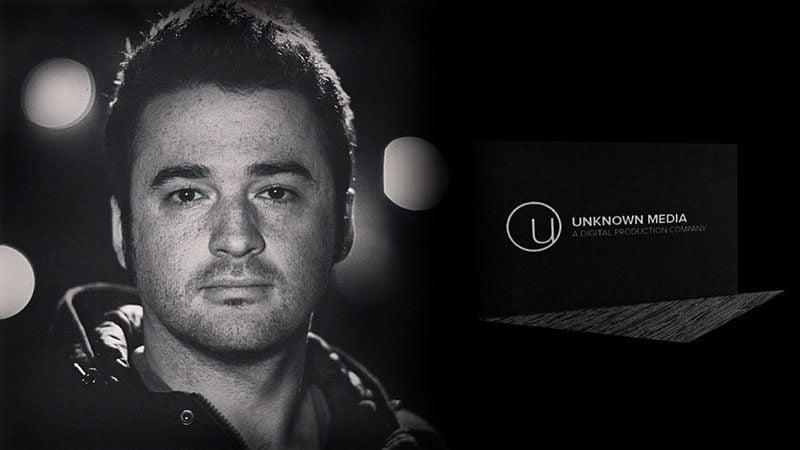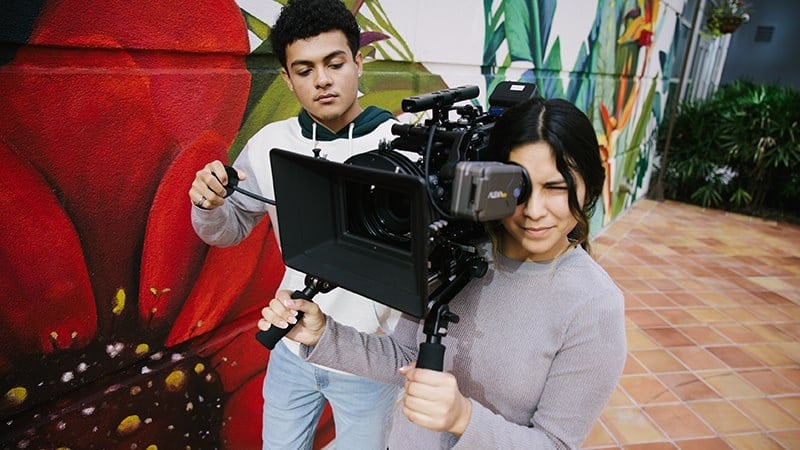Career Information
Costuming as a Tool for Storytelling in Film & TV
Continuing our series on storytelling in film, which includes posts on dramatic uses of lighting in film and innovative uses of color in film, today’s post is about the use of costuming to tell the story.
Like cinematographers and art directors, costume designers often contribute their expertise in helping to define characters, signal character or story transitions, and indicate foreshadowing. “It all goes back to the script and how you’re going to interpret the script,” says Dustin Lee, Course Director for Storytelling within Digital Cinematography. “Typically it’s not just one department that will enact that overall strategic vision.”
Here are five examples of clever costuming to tell the story in film and TV:
Breaking Bad – “Breaking Bad uses wardrobe color in a brilliant way. Throughout the series, you can observe how the color palette of a character’s wardrobe externalizes his or her mood, action, or emotion in a particular scene,” says Tom Lucas, Course Director for Creative Writing for Entertainment. There’s even a well-known infographic detailing the colors of the characters’ clothing juxtaposed against the action throughout all five seasons, called Colorizing Walter White’s Decay.
In particular, the wardrobe of Walter White’s wife, Skylar, shifts dramatically over the course of the show. “Skylar starts off with a predominantly blue color that moves toward dark and somber shades. This represents her journey from a happy, simple life to one of disappointment, darkness, and pain,” says Lucas. Skylar’s only return to her original sky blues of Season 1 happens during one of the last few episodes of Season 5, during which – in a dreamlike state – she tries to submerge herself into their pool.
The Hunger Games: Catching Fire – In an article in Fast Company, the Hunger Games’ costume designer Trish Summerville describes how she first read the books to get a better understanding of the characters and the author’s vision. Summerville also explains how the clothing worn by Hunger Games hostess Effie Trinket is highly symbolic. Although her outfits reflect the excess and glamour of the corrupt Capitol, Effie has grown close to the main characters – victims of the Capitol – and her guilt is also expressed: “…she's teetering on shoes that are a bit too high, or her waist is cinched in a bit too tight,” says Summerville in the article. “It's kind of her own penance." Jennifer Miller, who teaches Project Planning & Development and Producing Independent Film for Digital Cinematography adds “Her wardrobe is kind of like a prison for her. She’s being controlled while she’s in control.”
Thelma & Louise – This Academy Award-winning film by Ridley Scott is also a study in wardrobe styling. As in Breaking Bad, the characters’ clothing changes as the characters change. Thelma is the younger of the two, and at the start of the film, she wears soft colors and pastels. “This palette is representative of her innocence,” says Miller. “She’s definitely vulnerable and a little bit naive.” After she runs off with Louise to escape her controlling husband, her wardrobe begins to change. “Later she is wearing a blue jean shirt. That’s a little bit rougher; it’s less feminine in both color and texture, so we can see her style transitioning,” says Miller. By the end of the film, after committing a series of crimes, Thelma is wearing a black cutoff t-shirt. “This is really showing that she’s no longer innocent, she’s a lot tougher and more rebellious, and it’s really showing the transition, and how far she’s come.”
As the bond between the characters grows, their clothing also begins to overlap, says Miller. “At the very end, Louise is wearing this blue scarf around her neck that was actually torn from the sleeve of Thelma’s shirt,” says Miller. “They both have very different personalities, but at their core, they’re the same – they both just want to escape, they both are looking for themselves, but they’re also looking for a sense of freedom.”
Rear Window – As in all of Alfred Hitchcock’s films, the characters’ wardrobes are indicative of their personalities and their relationships with others. At the start of Rear Window, Grace Kelly’s character Lisa is in conflict with her boyfriend, Jeff. Her sophisticated, yet contrasting, solid black top and white skirt subtly reflect that, says Miller. “He doesn’t want to get married. They’re at a romantic standstill. So the black and white contrast is reflecting the conflict in their relationship,” explains Miller. Later, Lisa wears a muted green suit, which Hitchcock chose because he saw it as cool and calming, says Miller. “As the film progresses, her clothing becomes more relaxed and a little bit more casual. It’s actually representing her relationship with Jeff and how she is willing to come around and be flexible,” says Miller.
A Perfect Murder – Costume designer Ellen Miragnick worked on several films with Michael Douglas, dressing him as Gordon Gekko in Wall Street and as the ominous Steven Taylor in A Perfect Murder. Douglas wears sinister dark purples, corduroy, high collars, and ties that restrict the throat to warn the audience of his character. “She was sort of enacting a lot of traditional ideas with regard to the bad guy dressed in the thick garb, almost like Darth Vader,” says Lee. In one scene, Douglas wears charcoal and black, which seems to overpower Gwyneth Paltrow’s character, dressed in a flowing cream robe. “There’s a great example of the wardrobe artist being the storyteller,” says Lee. “She’s trying to connect everything she does back to the script and back to the story, and it has some kind of symbolic significance.”
Whether you’re ready to apply or just want to learn more about Full Sail University, our Admissions Representatives are here to help. Call us or request more information.
Keep Exploring
- Business Intelligence
- Degree Info
- New Media Journalism
- Staff
- Student Support
- Behind the Scenes Tour
- Game Art
- Creative Writing
- Entertainment Business
- Film Production
- Sports
- Instructional Design & Technology
- Life at Full Sail
- Alumni Updates
- Be Creative
- Bachelor's
- Infographic
- Real-World Experience
- Artificial Intelligence
- Web Development
- Art & Design

